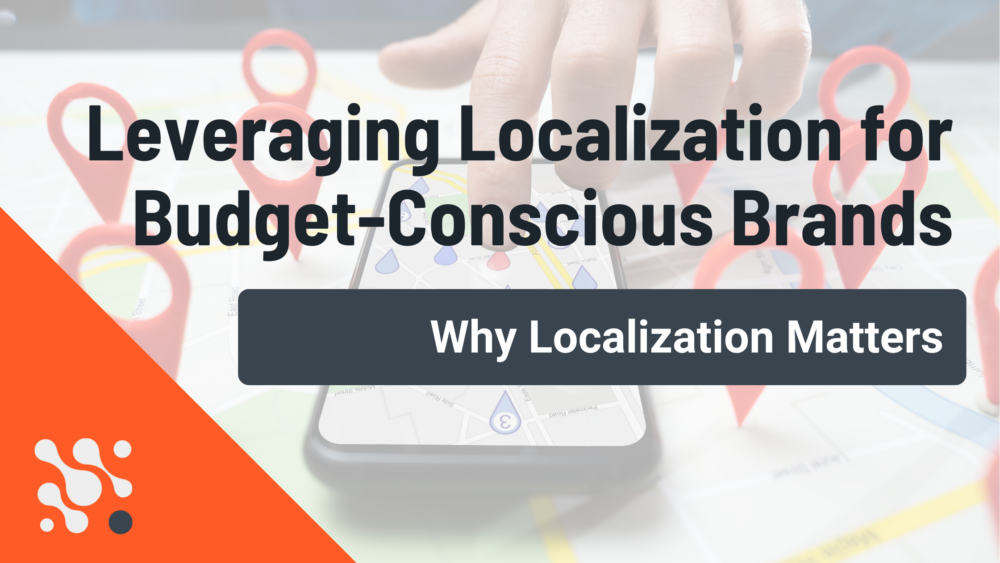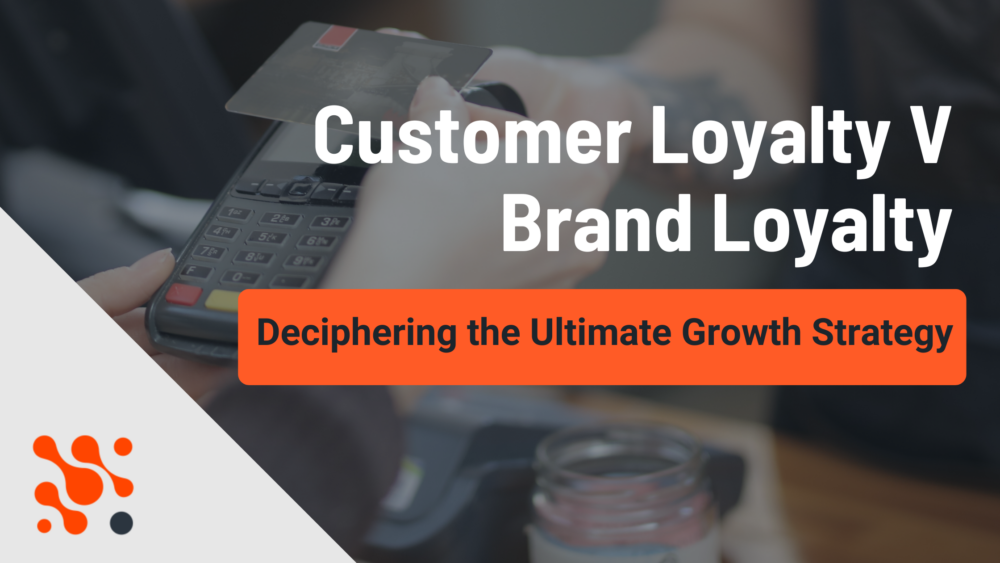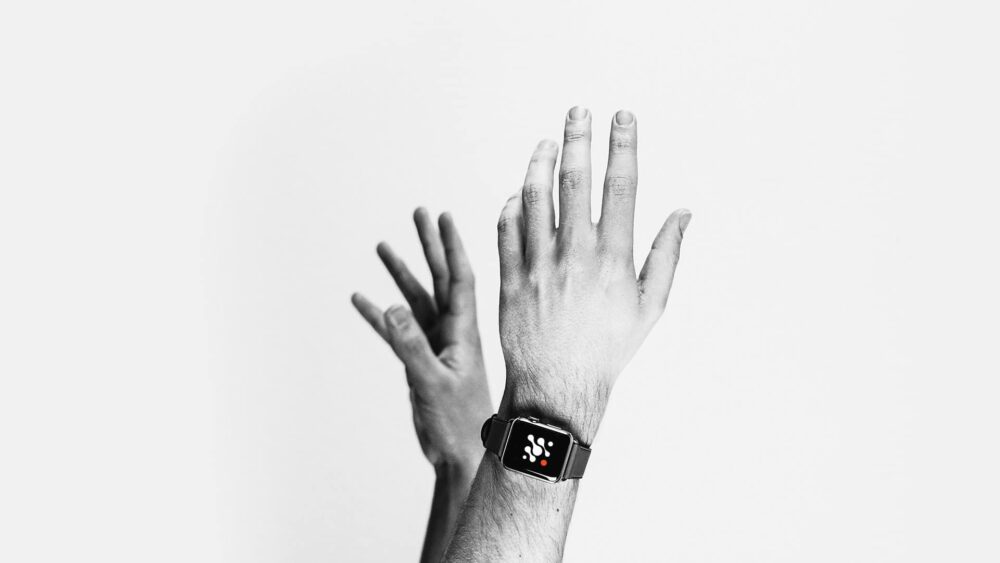Galleries
- Home
- Archives
Rethinking ROAS: Beyond the Numbers
In the fast-paced world of digital marketing, Return on Ad Spend (ROAS) has become a go-to…
Read more
Three Key Insights for Growth Marketing in Startups
Navigating the complex landscape of growth marketing in a startup environment requires strategic focus and clarity….
Read more
Leveraging Localization for Budget-Conscious Brands
In today’s competitive marketing landscape, small and budget-conscious brands often find themselves up against industry giants…
Read more
Unleashing the Power of Brand Evangelists: Turning Customers into Advocates
In today’s hyperconnected world, the voice of the customer has never been more influential. Brands are…
Read more
Customer Loyalty vs. Brand Loyalty: Deciphering the Ultimate Growth Strategy
The terms “customer loyalty” and “brand loyalty” are often used interchangeably in the marketing industry, yet…
Read more
Unleashing Marketing Potential: Leveraging Turnkey Solutions and Marketing Agencies
With the rise of digital channels and the ever-evolving consumer landscape, the demand for turnkey solutions…
Read more
The Future of Contextual Marketing: Navigating Trends and Innovations
From the evolution of targeting strategies to the integration of emerging technologies and the emphasis on…
Read more
Unleash The Power of Contextual Targeting and Gain Valuable New Customers for your Brand
In today’s highly competitive digital landscape, businesses are always searching for more effective ways to reach…
Read more
Your Website Still Matters, Even In A Mobile-First World
Mobile applications are often considered a replacement for a website because of how quickly mobile has…
Read more
The Importance of Wearable Devices
With the launch of Series 3 Apple Watch in September 2017 and the extraordinary craze for…
Read more









